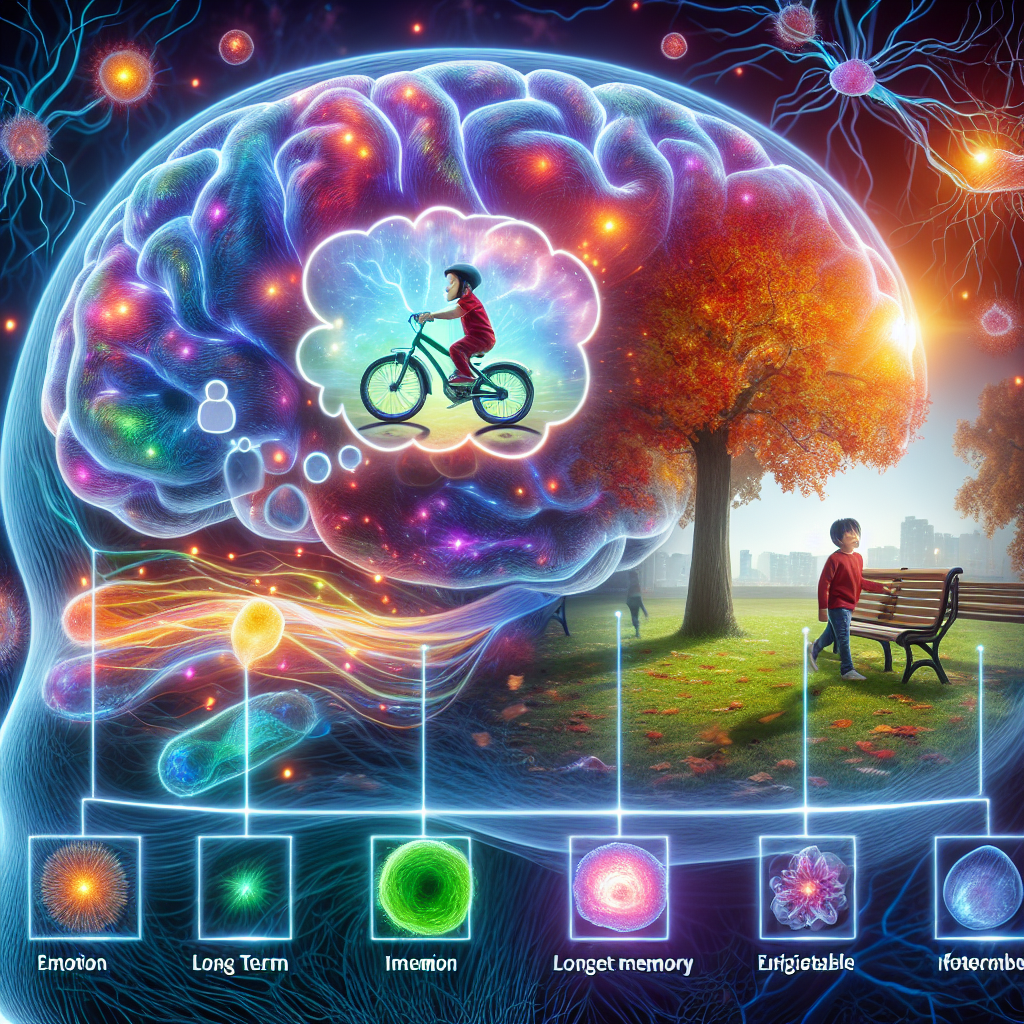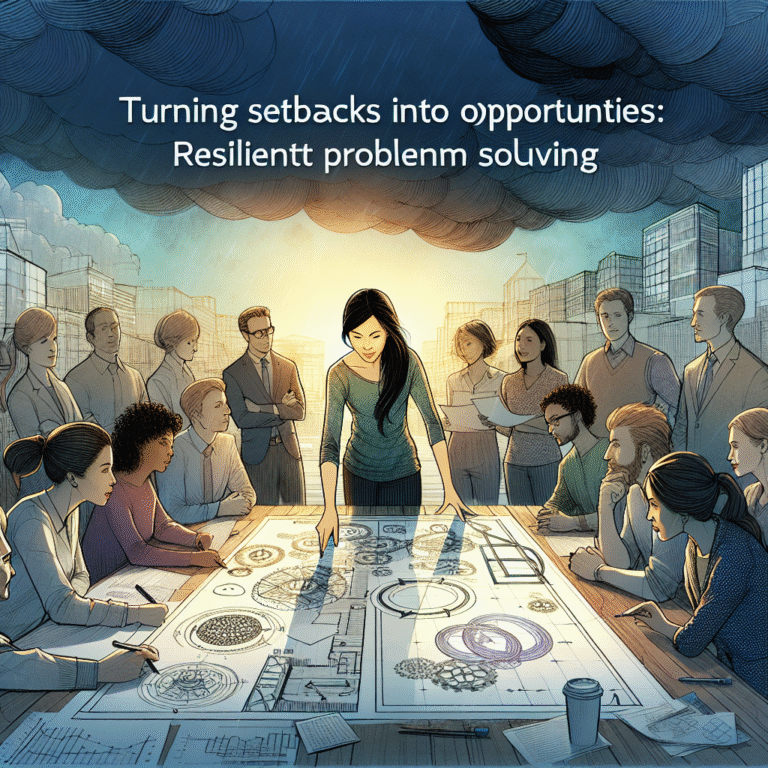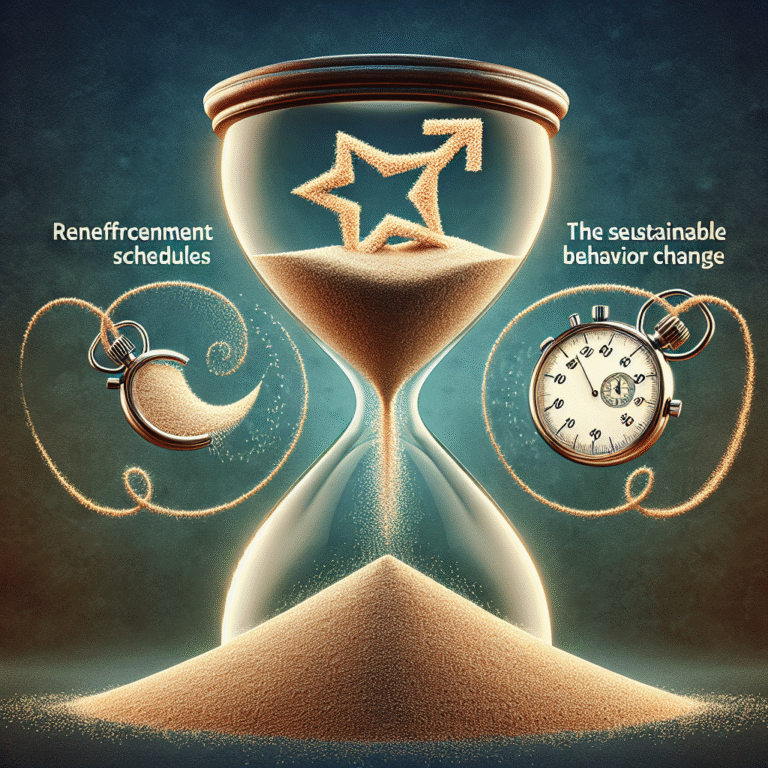
Introduction
Have you ever found yourself transported back in time by a simple scent or a melody? These vivid recollections often hinge on the emotions tied to our memories. Understanding the role of emotion in long term memory isn’t just a psychological curiosity; it’s essential for grasping how we construct our identities and navigate our lives. This article delves deep into why certain moments etch themselves into our minds forever while others fade away, illuminating the profound link between emotion and memory.
The Science Behind Memory Formation
The Memory Process: Encoding, Storage, and Retrieval
Memory is not a singular process, but rather a combination of encoding, storage, and retrieval.
- Encoding: This is the initial stage where information is converted into a format suitable for storage.
- Storage: Here, the memory is maintained over time in the brain.
- Retrieval: In this final stage, stored memories are accessed.
Emotion plays a significant role in all three stages, often enhancing our ability to encode and retrieve memories.
The Biological Basis of Emotion and Memory
Emotion influences memory at the neurological level. When we experience strong emotions, the amygdala—the brain’s emotional center—activates, enhancing memory consolidation through the hippocampus.
| Brain Region | Function | Role in Memory |
|---|---|---|
| Amygdala | Processes emotional responses | Enhances memory encoding |
| Hippocampus | Responsible for memory consolidation | Stores and retrieves memories |
| Prefrontal Cortex | Higher-level cognitive functions | Involved in decision-making and recall |
The interplay between these regions explains why we remember emotionally charged events much more vividly than neutral ones.
Why Some Moments Stick While Others Fade
The Primacy Effect and the Role of Emotion
The primacy effect indicates that we are more likely to remember the first items presented in a sequence. This is closely linked to emotional resonance. A moving event—like your wedding day—often holds greater significance than mundane daily activities.
Case Study: The Challenger Disaster
In a study of the 1986 Challenger disaster, researchers found that individuals could recall vivid details about their circumstances on the day of the event nearly three decades later. The emotional intensity of the tragedy helped cement their memories, illustrating the role of emotion in long term memory retention.
Analysis: This case study powerfully demonstrates how emotionally charged events can create long-lasting memories, thereby molding our perceptions and responses to the world.
How Emotion Shapes Different Types of Memory
Personal vs. Collective Memories
While personal memories are deeply individual, collective memories—shared among groups—also resonate emotionally. This is evident in national tragedies like 9/11, where collective grief strengthens communal bonds and ensures that these moments are remembered.
| Memory Type | Characteristics | Emotional Impact |
|---|---|---|
| Personal | Individual and subjective | Highly emotional, deeply personal |
| Collective | Shared experience within a group | Collective emotions can enhance unity |
The Role of Emotion in Everyday Memory
Everyday experiences, too, are affected by emotion. Positive moments—like achieving a long-term goal or sharing joyful moments with loved ones—are often remembered more vividly and recalled more frequently than mundane, neutral experiences.
Mechanisms of Emotion-Enhanced Memory
Emotional Arousal and Memory Recall
Research shows that emotional arousal enhances memory recall. Studies indicate that emotionally charged stimuli are processed more deeply, leading to stronger memory traces. This phenomenon explains why we often recall traumatic events in great detail.
Case Study: The Effects of Trauma
In post-traumatic stress disorder (PTSD), individuals often experience flashbacks that allow them to vividly relive traumatic events. This highlights how emotion can deeply embed memories, regardless of their positive or negative nature.
Analysis: This case study sheds light on the dual nature of emotion-enhanced memory—while it can help us remember significant events, it can also trap us in cycles of distress.
The Role of Emotion in Learning and Education
Utilizing Emotion in Educational Settings
Emotionally engaging educational experiences significantly improve long-term retention of information. Teachers often use stories or emotional appeals to create lasting memories.
Case Study: Emotional Storytelling in Teaching
In a classroom study, it was found that students who were taught using emotionally charged narratives performed better on tests than those taught with traditional, fact-based instruction. This change in performance underscores the importance of the role of emotion in long term memory for effective learning.
Analysis: The emotional context offered through storytelling not only aids memory retention but also engenders a deeper connection to learning material.
Practical Applications of Emotionally Enhanced Memory
Emotional Strategies to Improve Memory
Understanding the crucial link between emotion and memory can lead to techniques that enhance everyday memory recall:
- Personal Storytelling: Sharing personal, emotional stories can reinforce memory for both the storyteller and the listener.
- Emotionally Charged Visual Aids: Utilizing images that evoke strong emotions may aid memory during presentations or learning sessions.
Creating Lasting Memories
To actively create lasting memories, consider these tips:
- Engage with significance: Seek meaning in experiences, as this emotional connection enhances memory.
- Share your experiences: Talking about significant events can reinforce memory and ensure they remain vivid.
- Use multisensory approaches: Engaging multiple senses can heighten emotional responses and enhance learning.
Conclusion
The fascinating connection between the role of emotion in long term memory reveals why we cling to certain moments for a lifetime. The complexities of memory are a testament to our humanity, reminding us that our emotional experiences shape not only what we recall but also who we are as individuals. By harnessing the power of emotion, we can foster deeper connections, enhance learning, and create memories that last a lifetime.
Actionable Takeaways
- Reflect on Emotion: Embrace your emotional experiences as tools for forming lasting memories.
- Use Emotional Engagement: In teaching and learning, create environments that foster emotional engagement.
- Share Stories: Turn memories into stories that can be shared with others, embedding them more deeply in collective recollection.
FAQs
1. How does emotional intensity affect memory recall?
Emotional intensity significantly heightens memory recall due to increased engagement of the amygdala, enhancing encoding and storage processes.
2. Why do certain memories fade over time?
Memories can fade due to lack of emotional significance or repeated exposure to new information, which may overwrite previous memories.
3. Can we improve our emotional memory retention?
Yes, techniques such as storytelling, multisensory learning, and emotional connection can enhance memory retention.
4. How do emotions impact learning in educational settings?
Emotionally engaging content can improve attention, motivation, and ultimately, information retention in educational contexts.
5. What are some practical ways to create emotional memories?
To create emotional memories, focus on significance, share personal experiences, and engage multiple senses during meaningful events.
By understanding the role of emotion in long term memory, we empower ourselves to cherish and recall those moments that shape our lives, making our emotional experiences not just significant—they are essential.














